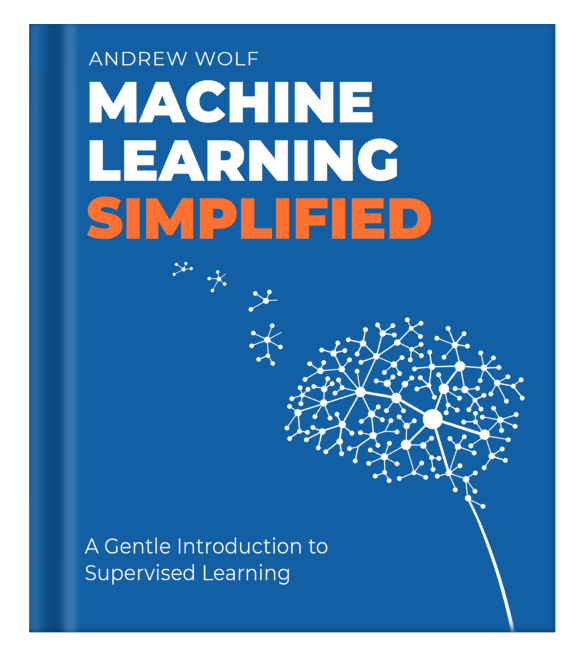Machine Learning Simplified

About this book
The underlying goal of "Machine Learning Simplified" is to develop strong intuition into inner workings of ML. We use simple intuitive examples to explain complex concepts, algorithms or methods, as well as democratize all mathematics "behind the scenes".
After reading this book, you will understand everything that comes into the scope of supervised ML. You will be able to not only understand nitty-gritty details of mathematics, but also explain to anyone how things work on a high level.

Who the book is for
- DevelopersAny front/backend developer or devops/software engineer who wants to become an ML engineer.
- StudentsStudents who take or plan to take ML classes, as well as any student who wants to transition to IT career.
- LecturersLecturers or anyone else teaching the subject who want to explore how complex frameworks can be gently explained.
- EveryoneLiterally anyone else who wants to feel confident while talking about ML in front of technical or business people.
Read first, buy later!
Read for freeWhat the internet says
“A great book for beginners! Andrew Wolf breaks down the most complex processes into simple steps.”
“This was very informative and so much can be learned from this. ”
“I LOVED the book. Simple and intuitive examples explain complex concepts.”
“Andrew Wolf's book strips down one knowledge to a new and simplified way.”
“Focus on the intuition, didn’t cram up the book with python code. ”
“Amazing book. so far the best resource I've ever read”
“Everything is straightforward and separated into several sections.”
“Great as an intro to machine learning, and as a refresher for those who already in the field.”
“Andrew Wolf has very well narrated all prospectives of machine learning.”
FAQ
Yes, you can purchase a hardcover edition. More information will be provided shortly.
There are no strict prerequisites to reading this book. However, basic knowledge of mathematics (incl. derivatives and linear algebra) and inferential statistics (incl. linear/polynomial regressions and distributions) will undoubtedly help the readers to get the most out of this book.
The initial seven chapters of the book lay the groundwork in supervised learning, offering thorough explanations of key concepts such as artificial intelligence, data science, machine learning, deep learning, and various fundamental algorithms like gradient descent and linear regression. It also discusses common challenges like overfitting, underfitting, and the trade-offs between bias and variance, alongside techniques like basis expansion and regularization. The following six chapters explore a range of advanced algorithms, including logistic regression, decision trees, ensemble models like boosting, bagging, and stacking, as well as support vector machines. These sections also delve into evaluation metrics such as accuracy, precision, recall, ROC AUC, logarithmic loss, and the F1 score.


